Understanding the Difference Between Human Thought and LLMs
With the rise of Large Language Models (LLMs) like GPT-4, Claude 3.5, and LLAMA, the debate about whether machines can ever replicate human-like thinking has gained new momentum. While LLMs can generate vast amounts of text and even simulate conversation, their processing capabilities remain fundamentally different from how humans think. But why? Let’s dive deeper into the philosophical, biological, and technological aspects that differentiate human cognition from the abilities of LLMs.
Consciousness and Self-Awareness
One of the most significant differences between humans and LLMs is the concept of consciousness.
- Human Thinking: Humans are conscious and self-aware, meaning they can reflect on their own thoughts, experience subjective reality, and perceive themselves as distinct entities.
- LLMs: These models do not possess consciousness or self-awareness. They are not aware of their own existence and only execute tasks based on their training data and algorithms.
The absence of consciousness in LLMs means that while they may produce coherent text, they lack true understanding of what they generate. LLMs follow patterns from vast datasets, but they do not “think” in the human sense.
Understanding and Meaning
Human cognition excels at understanding deep meaning and context, a significant departure from how LLMs function.
- Human Thinking: Humans comprehend not only the surface level of language but also deep cultural, emotional, and abstract nuances. They can interpret irony, sarcasm, and complex concepts, making them capable of a richer understanding of the world.
- LLMs: LLMs, in contrast, operate by predicting the next word or phrase based on probability distributions in their training data. While this can mimic understanding, LLMs don’t grasp deeper meaning or context, instead relying on learned patterns without true comprehension.
This highlights why LLMs might excel at surface-level language generation but struggle with true understanding of human emotions and experiences.
Learning and Adaptation
Another core distinction is the way humans and LLMs learn and adapt to their environment.
- Human Thinking: Humans learn through experiences, interactions, mistakes, and emotions. Their learning is multifaceted, encompassing emotional, social, and practical knowledge. They can adapt to new environments and ideas over time.
- LLMs: LLMs are trained on static datasets and do not adapt or learn from experiences in real-time. They require further training to update their knowledge base, and their learning is limited by the scope and content of their original data.
Creativity and Innovation
Creativity is one of the hallmarks of human intelligence, setting it apart from machine learning models.
- Human Thinking: Humans can generate truly original ideas, concepts, and innovations that break from established norms or training. Whether in science, art, or literature, human creativity is often spontaneous and driven by emotional or abstract inspiration.
- LLMs: While LLMs can generate creative-looking content, their “creativity” is purely combinatorial. They draw from existing patterns and structures found in their training data and combine them in novel ways. However, they do not create fundamentally new ideas or concepts.
This means that while an LLM might compose a seemingly creative story, it does so within the constraints of its training data rather than through genuine inspiration.
Emotions and Empathy
Emotions play a vital role in human thinking and decision-making, another area where machines fundamentally differ.
- Human Thinking: Humans experience and express emotions, which influence their decisions, moral reasoning, and interactions with others. Empathy, in particular, allows humans to understand and connect with the emotional states of others.
- LLMs: LLMs do not experience emotions. While they can generate emotionally charged text, they do not understand or feel the emotions behind their words. Any emotional content produced by LLMs is a reflection of patterns in their training data, not an authentic emotional response.
This lack of emotional understanding limits LLMs in fields where empathy and emotional intelligence are critical.
Motivation and Goals
Humans are driven by internal motivations and desires, whereas LLMs operate under entirely different principles.
- Human Thinking: Humans possess internal motivations, needs, and goals, which shape their behavior and decisions. These motivations are often complex and tied to personal experiences, emotions, and long-term aspirations.
- LLMs: LLMs do not have any intrinsic goals or motivations. They follow the instructions provided to them by users or their programming. Their “behavior” is entirely task-oriented, and they do not have personal desires or long-term objectives.
This lack of autonomous motivation underscores why LLMs are useful as tools but not autonomous agents capable of self-directed goals.
Intuition and Long-Term Memory
Intuition and memory are two critical aspects of human thought that are vastly different in LLMs.
- Human Thinking: Humans can rely on intuition, which often stems from vast experiences and subconscious pattern recognition. Additionally, human brains are capable of storing and retrieving memories over long periods, providing context and depth to decision-making.
- LLMs: LLMs do not have intuition in the human sense. They rely on statistical analysis of data rather than instinct or gut feeling. Their memory is also limited to the data provided during their training, and they do not retain long-term experiences or memories beyond their current session.
This makes human cognition much more adaptable and flexible in situations where instinct or long-term context is necessary.
Physical Interaction with the World
Human cognition is deeply connected to sensory experiences and physical interaction with the world.
- Human Thinking: Human thought is shaped by sensory inputs—sight, sound, touch, taste, and smell. These inputs inform our understanding of the world and contribute to complex decision-making processes that involve physical and emotional feedback.
- LLMs: LLMs, on the other hand, operate solely in the digital realm. They lack the ability to interact physically with the environment and do not experience the world through sensory perception.
While future advancements might integrate sensory inputs into AI systems, this remains a significant barrier between human-like thinking and machine learning models.
Conclusion: The Future of AI and Human Thought
While LLMs have made remarkable strides in language generation and processing, they remain fundamentally different from human thinking in key areas like consciousness, creativity, and emotional intelligence. As AI continues to evolve, the question remains whether these models can ever truly replicate the depth and complexity of human cognition.
For now, LLMs serve as powerful tools that assist with language processing and information retrieval. However, they still lack the critical elements of self-awareness, motivation, and emotional understanding that define human intelligence. The ongoing advancements in AI may bring these systems closer to human-like abilities, but significant hurdles remain in bridging the gap between artificial and human thought.
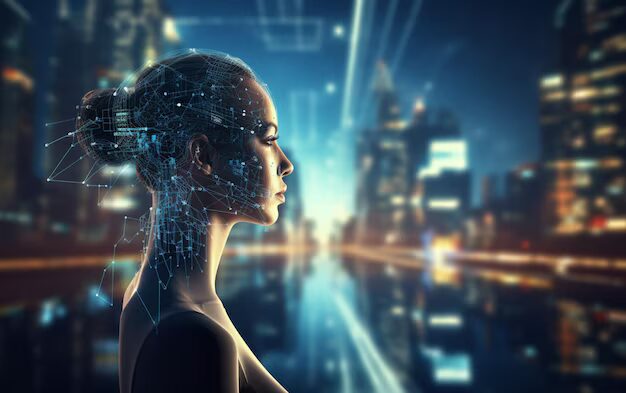

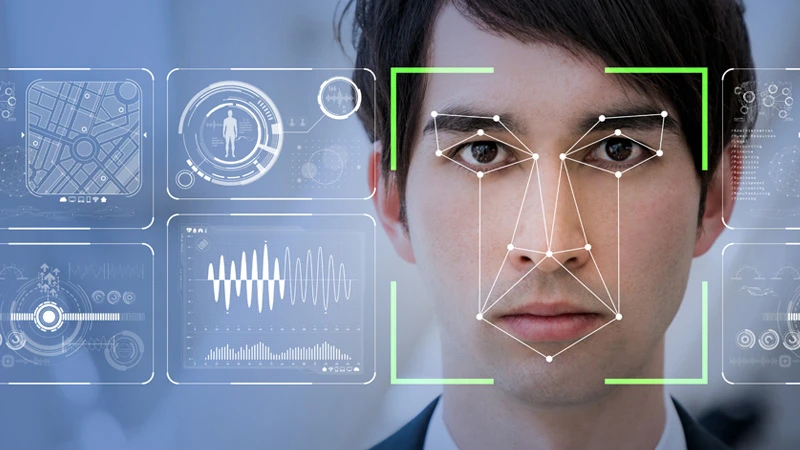

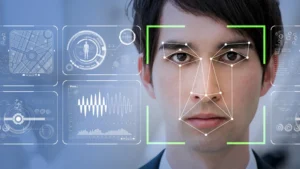
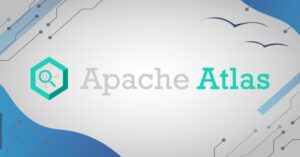

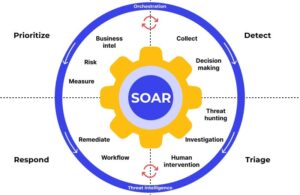






Post Comment